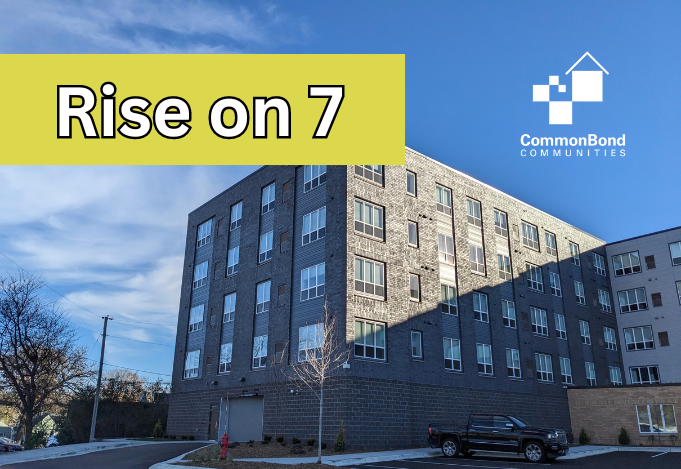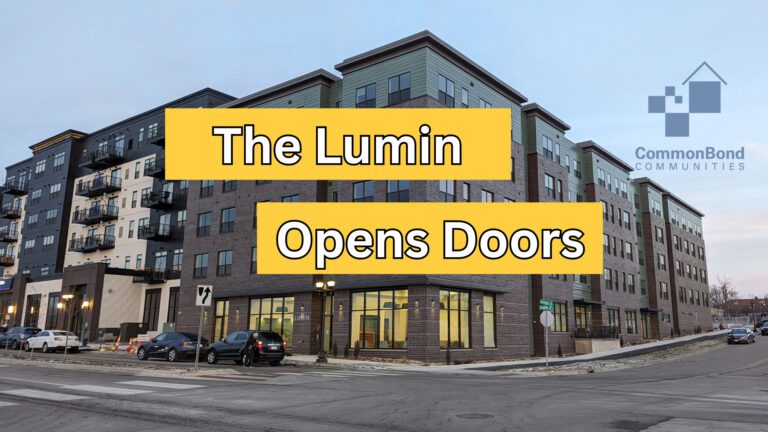Now more than ever we are seeing a lack of affordable housing in Minnesota. When we refer to affordable housing, we are talking about housing for those whose income falls below the median household income recognized by the local government.
So, what causes the lack of affordable housing in Minnesota?
- Racial income inequality
- Rising rent costs
- Education and wage inequality
- Lack of government support
Continued Racial Income Inequality
Income inequality in Minnesota is one of the highest in the country since the Census Bureau started tracking it more than 50 years ago. This has snowballed into a severe lack of affordable housing in the state.
According to the U.S. Census, the median black family income in the Twin Cities area is $38,178 a year. Compare this to the median white family income of $84,459 a year, which is more than double the median amount that black families earn annually. Figures have continued to show that Minnesota has the second biggest income inequality gap between blacks and whites in the entire nation. This factor is a major contributor to the lack of affordable housing, especially when paired with rising rents.
Rising Rents
In cities around the country, we’re seeing more and more gentrified neighborhoods that were once accessible to low-income families. A disproportionate amount of low-income households rent their homes, and have struggled or are struggling with housing insecurity and eviction.
As the apartment buildings that were once affordable for low-income families are knocked down and replaced with luxury new builds, these communities are being priced out of their neighborhoods. In 2017, 46% of low-income renter households spent more than 30% of their income on housing costs.
As gentrification continues to rise in these once-affordable communities, it’s causing a major housing crisis for those that can no longer afford to live there. With fewer affordable housing options available, the demand continues to rise.
Education and Wage Inequality
Many low-income adults don’t have the same employment opportunities as those who have completed college or graduate-level education. Regardless of the reasons someone is unable to get a college degree, they commonly find themselves working a minimum wage job.
For almost a decade, the federal minimum wage has remained at $7.25 per hour. It’s been up to each state to set their state-level minimum wage, and we’re beginning to see hourly wages rise. That being said, the wage gap between low-income and middle-class workers is still extremely high, leaving low-income families unable to afford proper housing.
Lack of Government Support
Low-income families are often faced with having to choose between which resources to spend their money on. If they spend a disproportionate amount of their income on housing, they may be forced to make sacrifices on other necessities like food, clothing, transportation, education or healthcare.
A lack of government-subsidized housing options contributes to this problem, as well as a shortage of resources like EBT or other government financial programs are major factors in what is causing the lack of affordable housing.
Help Support More Affordable Housing Options
Though this is just a sampling of what is causing the lack of affordable housing in the United States, there are ways to help. One significant way is to donate to CommonBond. It’s been our mission for over 50 years to help low-income families find stable and affordable housing. By donating to our cause, you are helping those in your community that needs the support. Donate today or get in touch to find out more ways you can help.










